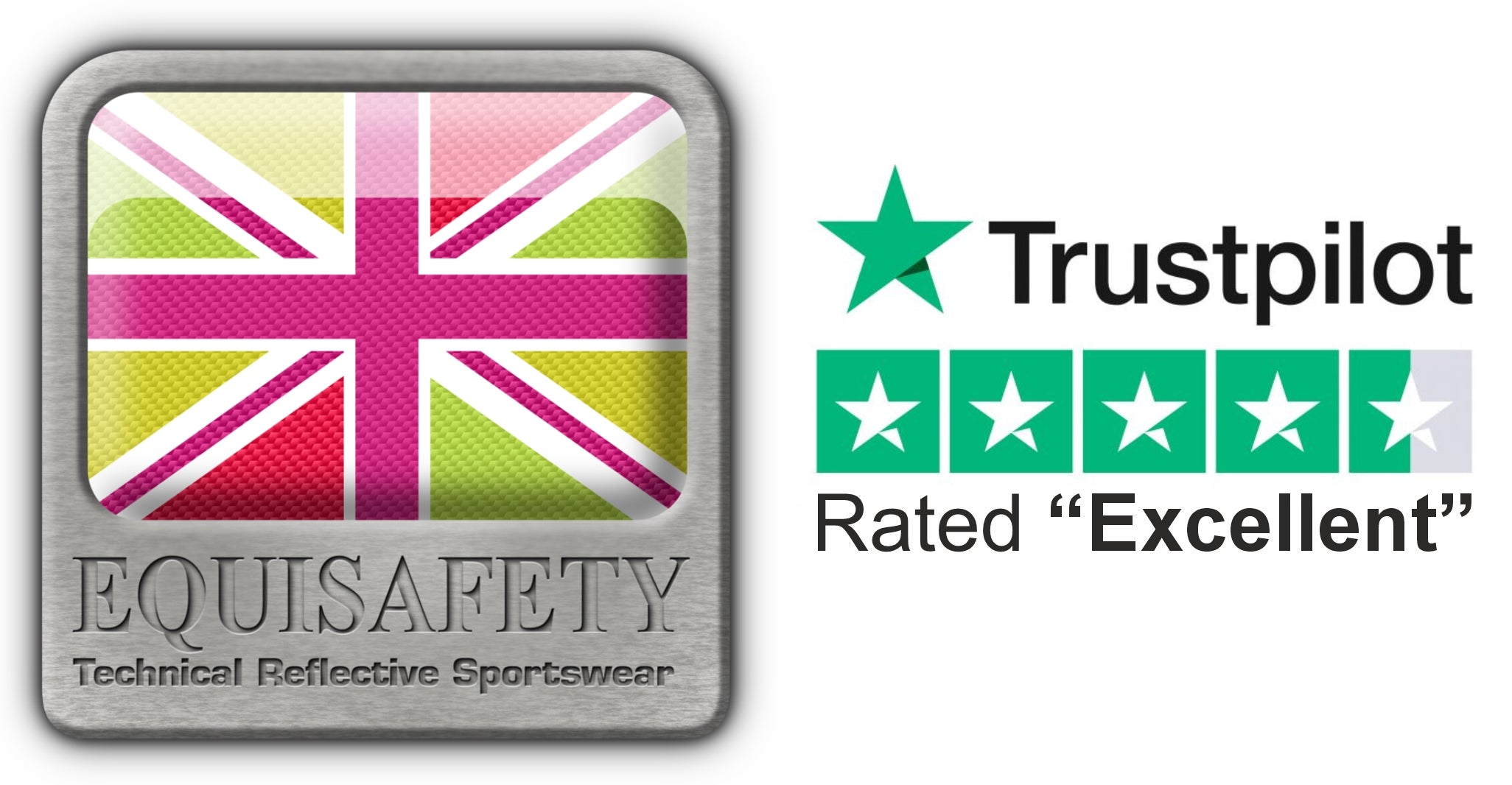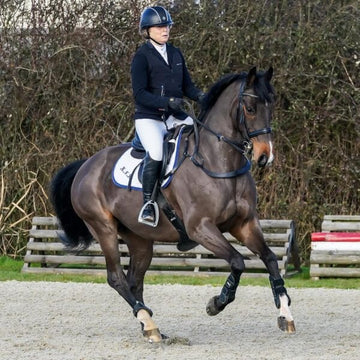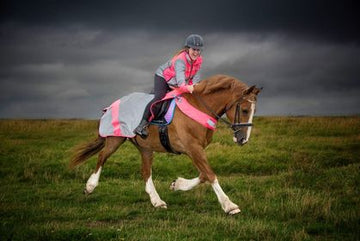Frequently Asked Questions
1. Why is equestrian safety important?
2. What are common equestrian injuries and their prevention strategies?
3. What essential gear is needed for equestrian safety?
4. How can understanding horse behavior improve safety?
5. What steps can be taken for emergency preparedness in equestrian riding?
When it comes to equestrian activities, safety should always top the priority list. Whether you are an experienced rider or new to the world of horses, understanding equestrian safety is vital. Not only does it help in preventing accidents, but it also ensures a more enjoyable experience for both horse and rider. In this comprehensive guide, we will delve into the integral aspects of equestrian safety, examining why it matters and how to implement it effectively in your riding routine.
The Importance of Equestrian Safety
Equestrian activities carry inherent risks. Understanding and managing these risks can significantly reduce the likelihood of accidents and injuries. Here are some reasons why equestrian safety is crucial:
- Protection of Lives: Safety measures can protect both the rider and the horse, reducing the risk of severe injuries.
- Creating a Positive Learning Environment: Prioritizing safety helps create a comfortable space for beginners to learn and enjoy horseback riding.
- Building Confidence: People tend to be more confident in their riding capabilities when they feel safe, which enhances their overall performance.
Common Equestrian Injuries and How to Prevent Them
Understanding common injuries can help riders take proactive steps to prevent them. Here are some of the most frequent issues faced in the equestrian world:
Falls
Falls are perhaps the most common danger associated with riding. Riders can accidentally slip off due to speed, unexpected horse movements, or loss of balance. Here are prevention strategies:
- Always wear a certified riding helmet.
- Ensure your horse is well-trained and comfortable.
- Practice mounting and dismounting techniques regularly.
Getting Kicked
Horses can be unpredictable and may kick out if they feel threatened or startled. Here’s how to avoid this predicament:
- Always approach a horse from the front at an angle.
- Maintain a safe distance when working around the horse's hindquarters.
- Ensure proper training for both the horse and the rider.
Repetitive Strain Injuries
Repetitive motions can lead to strain injuries, especially in the hands, wrists, and back. Measures to combat these include:
- Practicing good posture while riding.
- Taking breaks during long rides.
- Strengthening exercises for the core and back muscles.
The Role of Gear in Equestrian Safety
The right gear plays a pivotal role in ensuring safety in equestrian activities. Let's explore some essential equipment:
Helmets
A quality riding helmet is non-negotiable when it comes to riding safety. Always ensure your helmet fits correctly and meets safety standards.
Footwear
Proper equestrian footwear not only protects your feet but also provides traction and prevents your foot from slipping through the stirrups.
Body Protectors
Using a body protector can offer additional safety, especially when jumping or participating in cross-country riding.
Reflective Gear
Visibility is crucial, especially during early morning or late evening rides. Wearing reflective clothing can significantly enhance your visibility to motorists and other riders.
Understanding Horse Behavior for Safer Rides
Knowledge about horse behavior is essential for ensuring safety in the equestrian world. Understanding how horses react to different situations can help riders prevent accidents. Here are some behaviors to be aware of:
Flight Response
Horses have a natural flight response when they feel threatened. Recognizing signs of anxiety in your horse—like restlessness, snorting, or rapid movements—can help you manage the situation swiftly.
Herd Mentality
Horses are herd animals and often feel more secure in a group. Be mindful of how your horse reacts when away from other horses. This understanding can help in planning safer rides.
Emergency Preparedness and Response
No matter how cautious you are, accidents can still happen. Preparing for emergencies can make all the difference in ensuring safety. Here is how to prepare:
Know Basic First Aid
Understanding basic first aid for both humans and horses is invaluable. Taking courses can provide you with the skills needed to handle minor injuries or emergencies.
Have An Emergency Plan
Identifying potential risks in your riding environment and having a clear plan for emergencies can reduce panic and ensure a quick response in case of an incident.
Maintain Open Communication
Discuss safety protocols and emergency plans with fellow riders or trainers. Having everyone on the same page can enhance safety for all involved.
Educating Others on Equestrian Safety
If you're an experienced rider, consider sharing your knowledge about equestrian safety with less experienced riders. Here’s how:
- Conduct safety workshops or training sessions.
- Encourage new riders to shadow more experienced ones.
- Create a community where safety discussions are encouraged.
Cultivating a Safety-First Culture
Creating a culture that prioritizes safety within your riding community can have long-lasting benefits:
- Promote open dialogue surrounding safety issues.
- Recognize and reward safe practices among riders.
- Implement regular safety check-ins or discussions during training sessions.
Stay Updated with Equestrian Safety Trends
The equestrian world is constantly evolving, and staying updated with the latest trends can significantly enhance your safety measures:
- Follow equestrian safety organizations for the latest guidelines and tips.
- Engage in online communities discussing equestrian welfare and safety.
- Participate in forums or workshops to expand your knowledge base.
Embrace the Joy of Safe Riding
Equestrian activities can offer unparalleled joy and fulfillment, but only when safety is prioritized. By applying the principles discussed in this article, you can enjoy your riding experience while reducing the risk of accidents and injuries. Remember, knowledge is power, especially as it pertains to keeping both horse and rider safe. So saddle up with confidence and embrace the wonderful world of equestrian riding!






